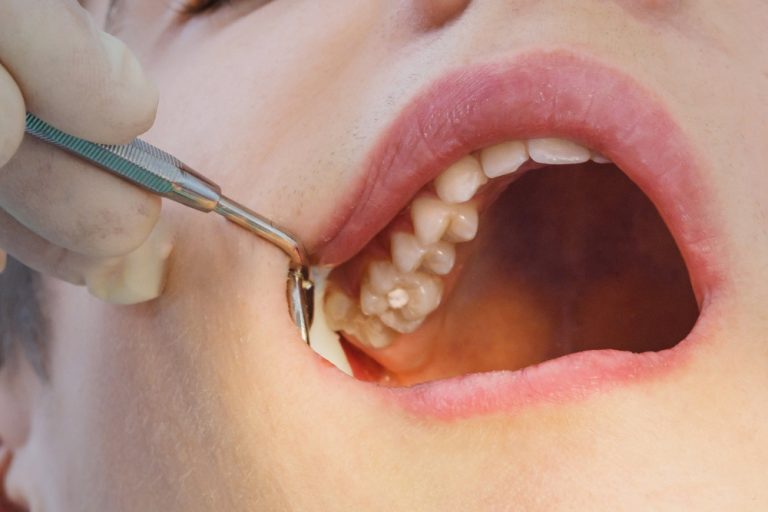Introduction
Dental health is an essential aspect of our overall well-being, and one of the common dental procedures people often need is dental fillings. Whether due to cavities, tooth decay, or damage, dental fillings help restore teeth to their optimal function and appearance. However, many individuals are concerned about the dental filling cost and often wonder, “How much is a tooth filling?” In this comprehensive guide, we will explore the factors influencing dental filling costs, the different types of fillings, and ways to manage your expenses while prioritizing your oral health.
Understanding Dental Fillings
Dental fillings are restorative materials used to repair damaged or decayed teeth. They fill cavities and prevent the progression of tooth decay. Fillings also play a vital role in maintaining proper dental function, aesthetics, and overall oral health. When a dentist recommends a filling, it is crucial to understand the type of filling required and the factors that contribute to its cost.
Factors Influencing Dental Filling Cost
- Type of Filling:
The type of filling is one of the primary factors affecting the cost of the procedure. There are several options available, each with its own price point:
a. Amalgam Fillings: These are traditional silver-colored fillings, which are cost-effective and durable.
b. Composite Fillings: These tooth-colored fillings blend seamlessly with your natural teeth but tend to be more expensive than amalgam fillings.
c. Gold Fillings: Gold fillings, known for their durability, are among the most expensive options due to the cost of the material and labor involved.
d. Ceramic Fillings: Ceramic or porcelain fillings, while aesthetically pleasing, are typically on the higher end of the cost spectrum.
e. Glass Ionomer Fillings: These are typically used for children’s teeth or temporary fillings, and they are relatively cost-effective.
- Location of the Tooth:
The tooth’s location in your mouth can also impact how much is a tooth filling. Front teeth are generally easier to access and work on, so filling them may be less expensive than molars, which are harder to reach and require more effort from the dentist.
- Complexity of the Procedure:
The complexity of the dental procedure is another crucial factor. Simple fillings in small cavities may cost less, while more complex cases that involve extensive damage or multiple surfaces to repair will be more expensive.
- Geographic Location:
Dental costs can vary significantly by location. In metropolitan areas, prices tend to be higher than in rural areas. It’s essential to consider the cost of living and demand for dental services in your region.
- Dentist’s Experience:
The experience and expertise of the dentist can also influence the cost. Experienced dentists may charge more for their skills, but they often provide a higher level of quality and precision.
- Insurance Coverage:
Your dental insurance coverage plays a significant role in determining your out-of-pocket expenses for dental fillings. Be sure to understand your policy’s coverage for restorative procedures.
How Much is a Tooth Filling: Typical Costs
The cost of dental fillings can vary widely, but here is a general idea of what you can expect to pay for different types of fillings:
- Amalgam Fillings: Amalgam fillings are the most cost-effective option, with an average cost ranging from $50 to $150 per filling. The affordability of amalgam fillings makes them a popular choice, especially for back teeth where aesthetics are less of a concern.
- Composite Fillings: Composite fillings are more aesthetically pleasing but tend to be more expensive, typically ranging from $90 to $250 per filling. The cost variation depends on factors like the size of the cavity and the complexity of the procedure.
- Gold Fillings: Gold fillings are the most expensive, with prices ranging from $250 to $4,500 per filling. The high cost is mainly due to the price of the gold material and the labor involved in creating the filling.
- Ceramic Fillings: Ceramic fillings are also on the higher end, with an average cost of $250 to $4,500 per filling. Their natural appearance and durability justify the higher price.
- Glass Ionomer Fillings: Glass ionomer fillings are typically the most affordable option, with prices ranging from $75 to $150 per filling. They are commonly used for children or as temporary solutions.
Managing Dental Filling Costs
- Dental Insurance:
One of the most effective ways to manage dental filling costs is by having dental insurance. It can significantly reduce your out-of-pocket expenses for restorative procedures. Be sure to understand your insurance policy’s coverage and limitations.
- Payment Plans:
Many dental offices offer payment plans that allow you to spread the cost of your treatment over several months. This can make dental care more affordable and accessible.
- CareCredit:
CareCredit is a healthcare credit card that can be used to cover dental expenses. It offers flexible payment options and often comes with promotional financing with no interest if the balance is paid within a certain period.
- Dental Schools:
Consider seeking treatment at a dental school if you’re comfortable with the idea of being treated by dental students under the supervision of experienced faculty. Dental schools typically offer lower-cost treatments.
- Discount Dental Plans:
Some dental offices and organizations offer discount dental plans that provide reduced fees for various dental procedures, including fillings. These plans are an alternative to traditional insurance and can result in significant cost savings.
- Regular Dental Check-ups:
Preventive care is key to avoiding extensive dental work. Regular dental check-ups can help identify issues early, reducing the need for costly fillings or other treatments.
Conclusion
The cost of a dental filling can vary significantly based on various factors, including the type of filling, location of the tooth, complexity of the procedure, and your geographical area. While dental fillings are an essential part of maintaining your oral health, it’s essential to explore your options for managing the expenses.
Understanding your insurance coverage, exploring payment plans, and considering alternative options like dental schools or discount plans can help make dental fillings more affordable. Remember that investing in your dental health is an investment in your overall well-being, so it’s essential not to postpone necessary treatment due to cost concerns.
In the end, the cost of a tooth filling is a variable that depends on many factors, and it’s best determined through consultation with a qualified dentist who can assess your specific needs and provide a personalized treatment plan that fits your budget.
In conclusion, dental filling cost is influenced by factors like the type of filling, the tooth’s location, procedure complexity, geographic location, dentist’s experience, and insurance coverage. The cost can range from $50 to $4,500 per filling. To manage expenses, consider dental insurance, payment plans, CareCredit, dental schools, discount dental plans, and regular check-ups. Prioritizing your oral health is crucial, so consult with a dentist to determine the best treatment plan for your specific needs.



